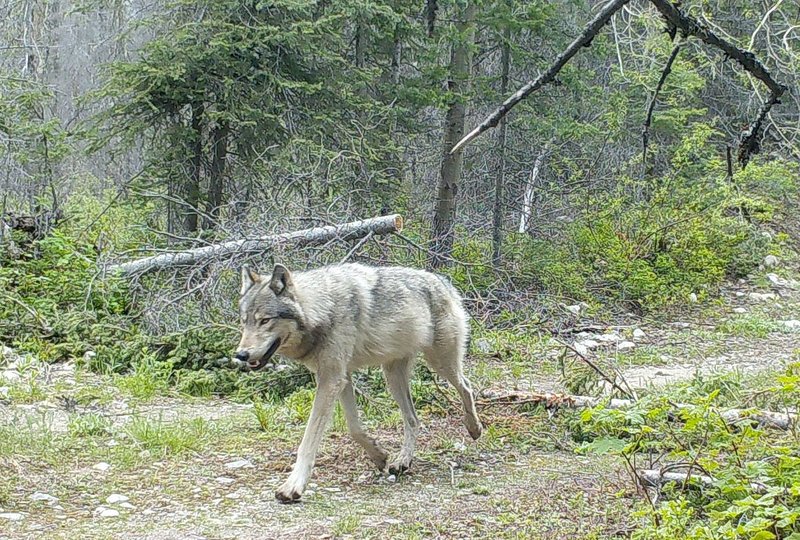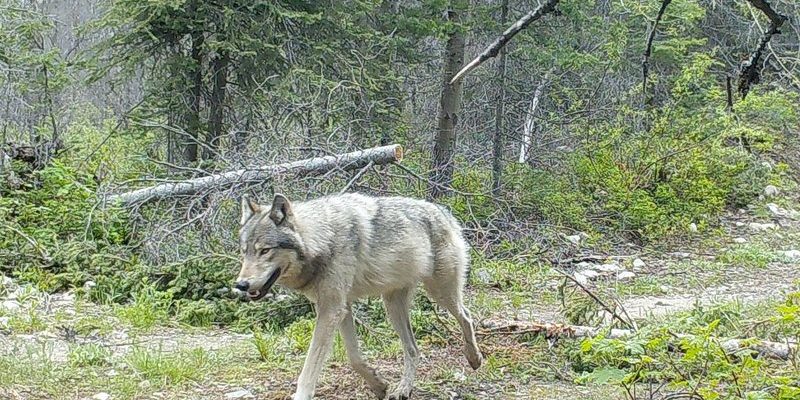
Imagine you’re at a coffee shop, sipping a warm cup, and I start telling you about how wolf worms, which are actually the larvae of a type of fly, can affect wildlife without causing harm. Sounds a bit odd, right? But trust me—it’s a fascinating topic. These worms are known to inhabit the bodies of certain animals, and while they’re often seen as pests, research shows they can also have various effects on their hosts and the broader ecosystem. So, let’s dive in and understand what these studies reveal about the impact of wolf worms and why it matters.
What Are Wolf Worms?
Before we get too deep into the specifics, let’s clarify what wolf worms actually are. The term “wolf worm” often refers to the larvae of fly species that live off the flesh of mammals, particularly wolves, hence the name. You might think of them as nature’s recyclers, breaking down organic material and providing nutrients back to the soil.
These larvae usually enter their hosts through wounds or when they are ingested. Once inside, they can have various effects, from mild irritation to more significant health issues. However, many studies focus on how these interactions can happen without leading to the death of the host animal. In fact, this non-lethal relationship can foster a different kind of ecological balance.
The Role of Non-Lethal Studies
Now that we know what wolf worms are, let’s chat about why non-lethal studies are so important. Traditional wildlife studies might kill animals to gather data, but non-lethal methods aim to understand the same relationships without harming the creatures involved. This approach is more humane and often provides richer insights into the living dynamics of ecosystems.
By using techniques like tracking, observation, or even genetic testing, researchers can glean valuable information about how wolf worms interact with their hosts. This means that we’re not just learning about individual species but also gaining an understanding of their roles within the ecosystem.
For example, scientists can see how infected animals adapt to the presence of wolf worms. This adaptability can illuminate how species respond to environmental pressures, a critical insight for conservation efforts.
Effects on Host Animals
When wolf worms invade their hosts, the initial reaction might be one of distress. But here’s the thing: many animals have evolved to tolerate the presence of these larvae. Studies have shown that, rather than causing immediate death, wolf worms can lead to a *variety* of health effects that differ from species to species.
Some animals might show signs of discomfort, like scratching or changes in behavior. Others may develop a *tolerance*, where they live alongside the larvae without serious repercussions. This dynamic can influence the overall health of animal populations, as it allows for a new kind of balance where both predator and prey can coexist.
Interestingly, animals that survive infections may even develop stronger immune systems, passing these traits on to their offspring. What appears to be a detrimental relationship can actually contribute to the resilience of certain species.
Impacts on Ecosystem Balance
You might be wondering how the presence of wolf worms influences the broader ecosystem. Well, the truth is, the interactions between wolf worms and their hosts can ripple outward, affecting a host of other species, including predators and prey.
For example, an increase in wolf worm populations can influence the behaviors of host animals. If a particular species becomes weaker due to an infestation, it may become more vulnerable to predators. This change can lead to shifts in local predator-prey dynamics, altering the food web and even affecting plant life through changes in grazing patterns.
Moreover, as infected animals interact with their environments, they can inadvertently spread wolf worms to new areas or species, further complicating these dynamics. Therefore, studying these interactions offers vital information for conservationists and biologists who seek to maintain ecosystem health.
Case Studies and Research Findings
Several case studies have illustrated the impact of wolf worms on wildlife in different regions. In a well-documented study in the American Northwest, researchers observed a population of coyotes heavily infested with wolf worms. Instead of quickly dying off, these coyotes developed significant behavioral changes that allowed them to survive, even thriving in their habitats.
In another study focusing on wolves in Europe, scientists found that a certain level of wolf worm infestation could lead to more robust pack dynamics. As stronger individuals adapted, they played more active roles in hunting and caring for their young, demonstrating how these interactions can lead to a different kind of survival strategy.
These findings show us that everything in nature is interconnected. Even something as seemingly small as a wolf worm can influence larger patterns and behaviors in wildlife populations.
Conservation and Management Implications
With this understanding of wolf worm interactions, how can conservation efforts benefit? First off, recognizing that these larvae do not always lead to negative outcomes can change how we approach wildlife health assessments. Instead of seeing wolf worms purely as a threat, we can understand them as a part of natural selection and ecological processes.
This knowledge allows conservationists to create more effective management strategies. For example, in areas where wolf worms are prevalent, researchers can focus on monitoring populations rather than eradicating them. This non-lethal approach can promote a more balanced ecosystem while still addressing health concerns.
It’s also crucial to educate the public about the roles wolf worms play. Many people might view them as pests, but understanding their impact on ecosystem health can change perceptions and lead to broader support for conservation initiatives.
Future Research Directions
Looking ahead, there’s still so much to learn about wolf worms and their ecological roles. Researchers are calling for more comprehensive studies that examine how climate change or habitat loss may impact these larvae and their hosts.
Increased attention on non-lethal methods will also spur innovation in wildlife research. Scientists are exploring advanced imaging technologies and genetic testing techniques that allow them to observe interactions without disturbing the animals involved. This progress will help us gather even richer data on the nuances of these relationships.
With ongoing research, we can continue to uncover the complexities of these tiny yet impactful creatures. Understanding wolf worms better will ultimately enhance our grasp of wildlife dynamics and help shape effective conservation strategies for the future.
In conclusion, the relationship between wolf worms and wildlife is a fascinating example of nature’s complexity. By studying these interactions non-lethally, we gain a deeper appreciation for how every creature, no matter how small, plays a role in the grand tapestry of life. So next time you hear about wolf worms, remember, there’s a lot more to them than just being pests—they’re part of a larger story about resilience and ecological balance.

